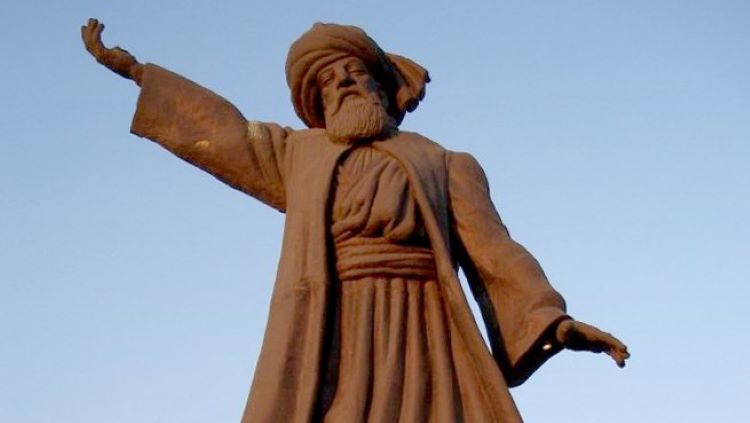Discovering Rumi’s spiritual geopolitics

Mystic poet, Sufi, theosophist and thinker Jalal al-Din Rumi remains one of the most beloved historical personalities in history, east and west. A wanderer in search of the light, he famously characterised himself thus: “I am nothing more than a humble lover of God.”
The era of Rumi’s father – Sultan Bahaeddin Veled (1152-1231) – and his own (1207-1273) was an extraordinary socio-political rollercoaster. It’s absolutely impossible for us today to understand the ideas, allusions and parables that fill Rumi’s magnum opus, the six-volume Masnavi, in 25,620 couplets, without delving into some serious time travel.
In the Masnavi , written in Persian – the prime literary language in West and Central Asia in those times – Rumi used poetry essentially as a tool for teaching divine secrets, explaining them via parables. The Rumi project was to show Man the path to Divine Love, leading him from a low stage to the highest. Squeezed and subdued by the 21st century techno-feudalism juggernaut, we may now need to heed these historical lessons more than ever.
© thecradle.co 2022